Top 10 Safest Places to Live in the US

Safety is a top priority when choosing where to live, whether you’re seeking low crime rates, minimal natural disaster risk, or a strong sense of community. The United States offers a variety of cities and towns that excel in providing secure environments for families, retirees, and professionals. This guide explores the top 10 safest places to live in the US, incorporating key insights for the safest best place to live in USA, safest place in Central America, safest places to live in USA, safest place in United States from natural disasters, and safest small city in America.
Drawing on credible sources like WalletHub, SafeWise, and FEMA data, this guide highlights destinations that combine low crime, minimal environmental risks, and strong community programs for a secure lifestyle.
- What Makes a Place Safe in the US?
- Top 10 Safest Places to Live in the US
- South Burlington, Vermont
- Casper, Wyoming
- Warwick, Rhode Island
- Burlington, Vermont
- Boise, Idaho
- Nashua, New Hampshire
- Virginia Beach, Virginia
- Campton Hills, Illinois
- Johns Creek, Georgia
- Lehi, Utah
- Safest Place in Central America
- Safest Place in the United States from Natural Disasters
- Safest Small City in America
- Planning Your Move to a Safe US City.
1. What Makes a Place Safe in the US?
Safety in a city or town is determined by multiple factors, including:
- Low Crime Rates: Violent crime (murder, assault) and property crime (theft, burglary) rates per 1,000 residents, based on FBI data.
- Natural Disaster Risk: Low exposure to hurricanes, tornadoes, earthquakes, wildfires, and floods, as assessed by FEMA’s National Risk Index.
- Financial Safety: Low unemployment, poverty, and uninsured rates, plus minimal fraud and identity theft complaints.
- Community Infrastructure: Access to law enforcement, emergency services, and community programs like neighborhood watch.
- Environmental Stability: Resilience against climate change impacts, such as flooding or extreme heat.
2. Top 10 Safest Places to Live in the US
The following cities rank among the safest places to live in USA based on low crime rates, minimal natural disaster risk, and strong community safety programs. These destinations offer a high quality of life, making them ideal for families, retirees, and young professionals. Let’s explore the 10 safest places to live in the United States
1. South Burlington, Vermont
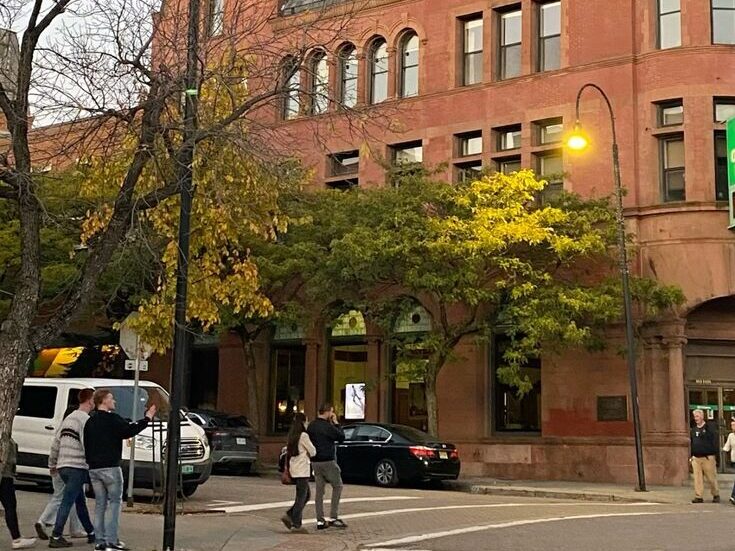
Population: 20,000. Why It’s Safe: South Burlington tops WalletHub’s 2024 Safest Cities list due to its low crime rates and minimal natural disaster risk. It has the lowest pedestrian fatality rate in the US, the 13th-lowest percentage of uninsured motorists, and ranks ninth for home and community safety. The city’s proximity to Lake Champlain and the Green Mountains adds scenic beauty. Highlights:
- Crime: Violent crime rate of 0.8 per 1,000 residents; property crime at 10.1 per 1,000.
- Natural Disasters: 14th-lowest flood risk, 21st-lowest tornado risk, 31st-lowest wildfire risk.
- Quality of Life: Parks like Overlook and Red Rocks, top-tier schools, and a vibrant arts scene.
- Activities: Hiking, biking on the Burlington Bike Path, and skiing nearby.
- Cost of Living: $1,800-$2,200/month; average rent: $1,000-$1,400.
2. Casper, Wyoming

Population: 59,000. Why It’s Safe: Casper ranks second in WalletHub’s 2024 list for its low crime, safe roads, and low natural disaster risk. It has the fewest identity theft complaints, second-fewest fraud complaints, and a low pedestrian fatality rate. Highlights:
- Crime: 32nd-lowest aggravated assault rate; 42nd-lowest murder rate.
- Natural Disasters: 6th-lowest hail risk, 20th-lowest flood risk, 24th-lowest tornado risk.
- Quality of Life: Outdoor activities at Casper Mountain and North Platte River.
- Activities: Hiking, fishing, and visiting the National Historic Trails Interpretive Center.
- Cost of Living: $1,500-$1,900/month; average rent: $700-$1,100.
3. Warwick, Rhode Island
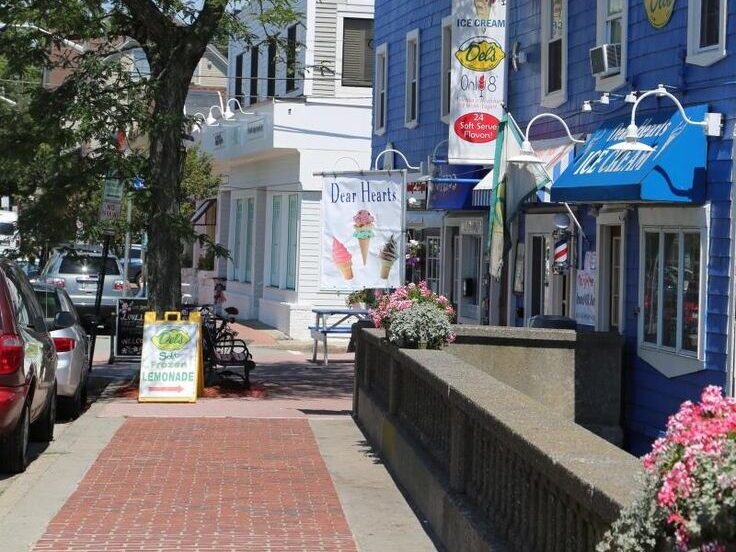
Population: 82,000. Why It’s Safe: Warwick ranks high for its low natural disaster risk (7th-lowest hail risk, 10th-lowest wildfire risk) and strong financial safety, with the 7th-lowest uninsured rate and 6th-lowest poverty rate. Highlights:
- Crime: Low violent and property crime rates.
- Natural Disasters: 23rd-lowest tornado risk, 29th-lowest earthquake risk.
- Quality of Life: Access to Narragansett Bay and historic sites like Warwick City Park.
- Activities: Kayaking, beachgoing, and exploring the Rocky Point State Park.
- Cost of Living: $1,600-$2,000/month; average rent: $800–$1,200.
4. Burlington, Vermont

Population: 44,000. Why It’s Safe: Burlington, Vermont’s largest city, ranks fourth in WalletHub’s 2024 list for low natural disaster risk and high financial safety. It’s known for low crime and a vibrant community. Highlights:
- Crime: Low violent crime rate; minimal theft incidents.
- Natural Disasters: Low flood, tornado, and wildfire risks.
- Quality of Life: Scenic Lake Champlain, Church Street Marketplace, and cultural events.
- Activities: Sailing, biking, and attending festivals like the Burlington Discover Jazz Festival.
- Cost of Living: $1,800-$2,200/month; average rent: $900-$1,300.
5. Boise, Idaho
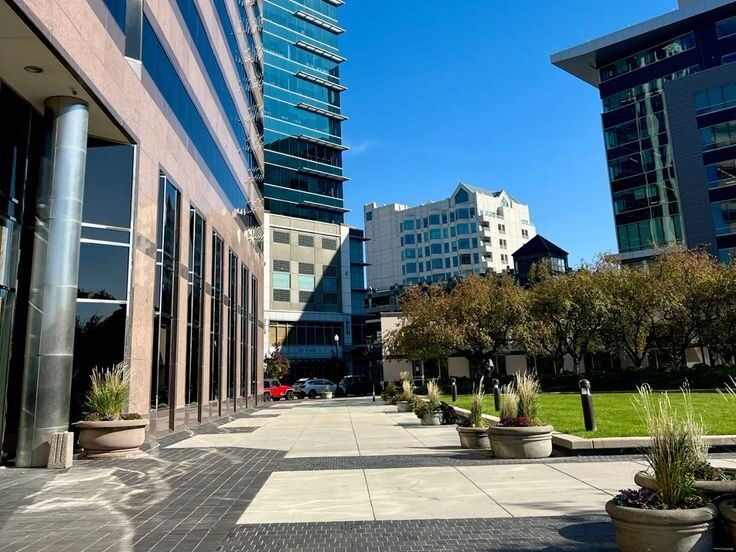
Population: 235,000. Why It’s Safe: Boise combines low crime rates with a low risk of natural disasters like hurricanes and floods. Crime rates have dropped since the 1990s, and the city’s walkable downtown enhances its appeal. Highlights:
- Crime: Low violent crime rate; declining property crime.
- Natural Disasters: Minimal risk of hurricanes, tornadoes, and floods.
- Quality of Life: Boise River Greenbelt, Bogus Basin skiing, and vibrant arts scene.
- Activities: Hiking, cycling, and exploring the Idaho State Capitol.
- Cost of Living: $1,700-$2,100/month; average rent: $800-$1,200.
6. Nashua, New Hampshire
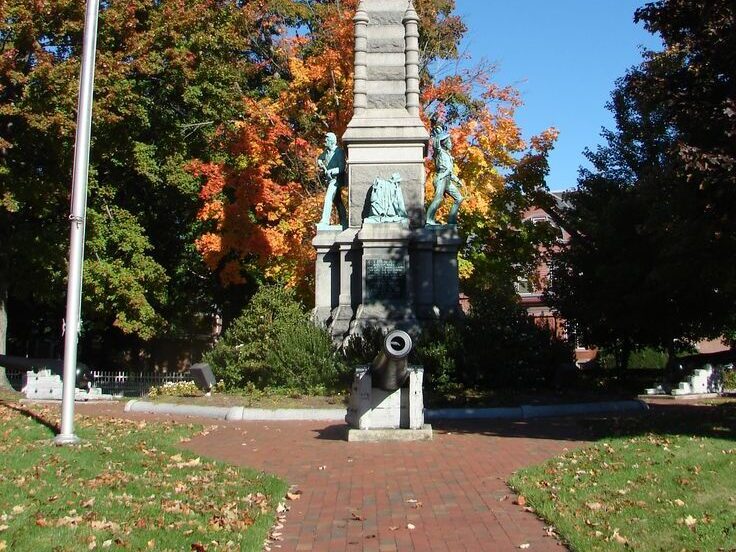
Population: 91,000. Why It’s Safe: Located in the safest state per U.S. News, Nashua boasts low crime and unemployment rates, ranking high in WalletHub’s 2024 list for home and community safety. Highlights:
- Crime: Violent crime rate of 1.1 per 1,000 residents.
- Natural Disasters: Low risk of hurricanes, tornadoes, and wildfires.
- Quality of Life: Historic downtown, Mine Falls Park, and proximity to Boston.
- Activities: Hiking, shopping, and attending local festivals.
- Cost of Living: $1,600-$2,000/month; average rent: $800–$1,200.
7. Virginia Beach, Virginia
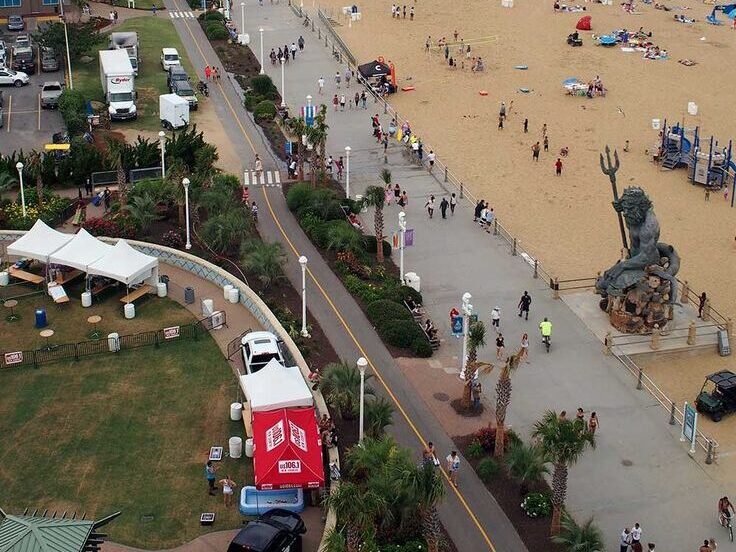
Population: 450,000. Why It’s Safe: Virginia Beach is one of the safest large cities, with a violent crime rate of 1.3 per 1,000 and strong emergency preparedness programs. Infrastructure projects mitigate hurricane risks. Highlights:
- Crime: Property crime rate of 13.1 per 1,000.
- Natural Disasters: Moderate hurricane risk but robust flood defenses.
- Quality of Life: Virginia Beach Boardwalk, First Landing State Park, and family-friendly vibe.
- Activities: Surfing, beachgoing, and exploring the Virginia Aquarium.
- Cost of Living: $1,800-$2,200/month; average rent: $900-$1,300.
8. Campton Hills, Illinois
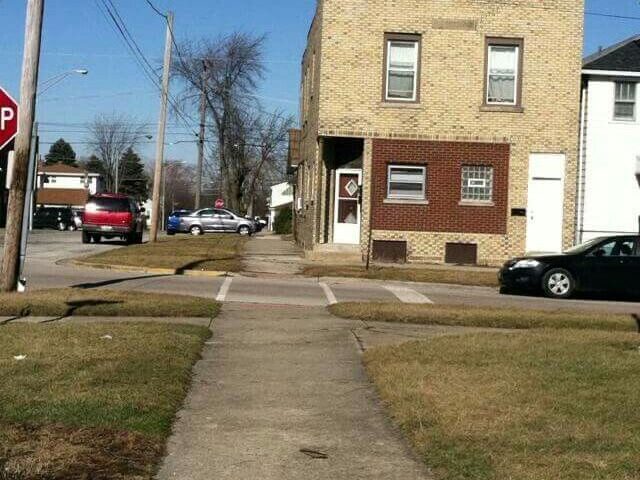
Population: 11,000. Why It’s Safe: SafeWise’s 2025 safest city in the US, Campton Hills has the lowest violent crime rate (0 per 1,000) and minimal property crime, making it a standout small city. Highlights:
- Crime: No reported murders or violent crimes.
- Natural Disasters: Low risk of hurricanes and earthquakes; moderate tornado risk.
- Quality of Life: Rural charm, top schools, and proximity to Chicago.
- Activities: Hiking, community events, and visiting local farms.
- Cost of Living: $1,500-$1,900/month; average rent: $700-$1,100.
9. Johns Creek, Georgia
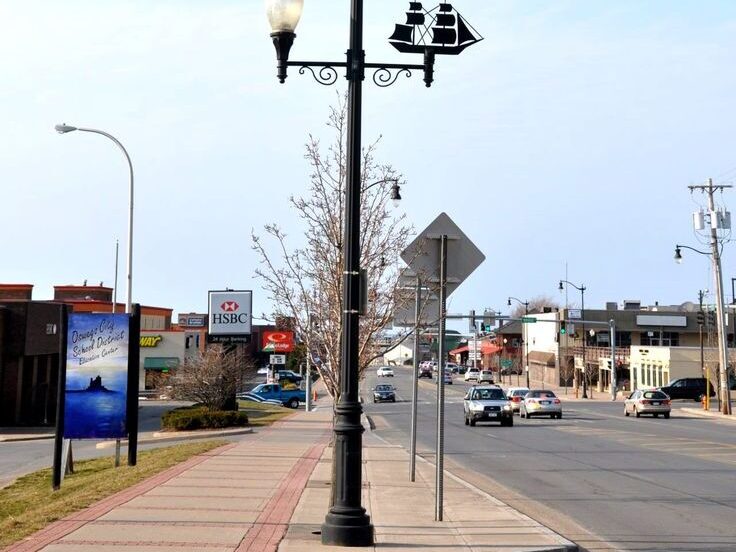
Population: 82,000. Why It’s Safe: Ranked third in SafeWise’s 2025 list, Johns Creek has low crime rates and strong community policing. Its suburban Atlanta location offers safety and access to urban amenities. Highlights:
- Crime: Low violent and property crime rates.
- Natural Disasters: Minimal hurricane and earthquake risk.
- Quality of Life: Parks, Johns Creek Symphony Orchestra, and top schools.
- Activities: Golfing, hiking, and attending cultural events.
- Cost of Living: $1,700-$2,100/month; average rent: $800-$1,200.
10. Lehi, Utah
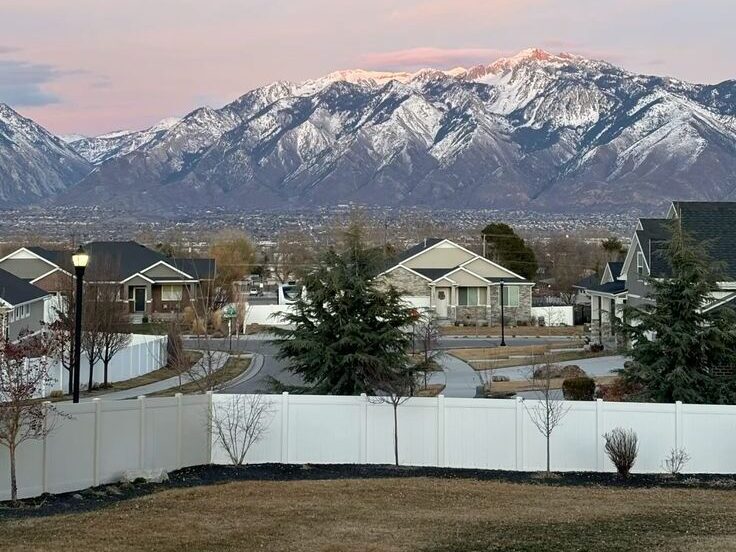
Population: 79,000. Why It’s Safe: Lehi tops SafeWise’s 2025 list for its low crime index and proximity to Silicon Slopes, a thriving tech hub. It’s ideal for families seeking safety and opportunity. Highlights:
- Crime: Low crime index; minimal theft complaints.
- Natural Disasters: Low risk of hurricanes, tornadoes, and floods.
- Quality of Life: Thanksgiving Point, outdoor recreation, and strong economy.
- Activities: Visiting museums, hiking, and exploring tech campuses.
- Cost of Living: $1,600-$2,000/month; average rent: $700-$1,100.
3. Safest Place in Central America
While this guide focuses on the US, the safest place in Central America is worth mentioning for those considering international options. Boquete, Panama, is widely regarded as the safest destination in Central America.
- Why It’s Safe: Boquete has low crime rates, a stable expat community, and minimal natural disaster risk due to its highland location, which avoids hurricanes and coastal flooding.
Highlights:
- Crime: Low violent crime; petty theft is rare.
- Natural Disasters: Minimal risk of hurricanes and earthquakes.
- Quality of Life: Lush rainforests, coffee plantations, and a mild climate (15°C-25°C).
- Activities: Hiking in Volcán Barú National Park, coffee tours, and visiting local markets.
- Cost of Living: $1,200-$1,800/month; average rent: $500–$900.
- Tips: Learn basic Spanish for easier integration; check visa requirements for long-term stays.
4. Safest Place in the United States from Natural Disasters
The safest place in the United States from natural disasters is Juneau, Alaska, according to WalletHub’s 2024 study.
- Why It’s Safe: Juneau has the lowest risk of hurricanes, tornadoes, wildfires, and floods due to its northern coastal location. While heavy snow and landslides occur, the city’s infrastructure is well-equipped to handle them.
Highlights:
- Natural Disasters: Top 1% for low hurricane, tornado, and drought risk.
- Crime: Moderate violent crime (900 per year) but low compared to urban centers.
- Quality of Life: Stunning glacier views, Mendenhall Glacier, and outdoor recreation.
- Activities: Whale watching, hiking, and exploring the Tongass National Forest.
- Cost of Living: $2,000-$2,500/month; average rent: $1,000-$1,500.
- Tips: Prepare for limited road access (Juneau is only reachable by air or sea) and cold winters.
5. Safest Small City in America
Campton Hills, Illinois, is the safest small city in America for 2025, as per SafeWise’s rankings, with a population of 11,000.
- Why It’s Safe: Zero reported violent crimes and minimal property crimes, combined with low natural disaster risk, make Campton Hills a standout. Its proximity to Chicago offers urban access with rural safety.
Highlights:
- Crime: Violent crime rate of 0 per 1,000; property crime under 2 per 1,000.
- Natural Disasters: Low risk of hurricanes and earthquakes; moderate tornado risk.
- Quality of Life: Quiet suburban life, excellent schools, and community events.
- Activities: Visiting local parks, attending farmers’ markets, and family-friendly events.
- Cost of Living: $1,500-$1,900/month; average rent: $700-$1,100.
- Tips: Ideal for families seeking a peaceful, low-crime community with access to Chicago’s amenities.
6. Planning Your Move to a Safe US City
Best Times to Move
- Spring (March-May): Mild weather and lower moving costs before the summer rush.
- Fall (September-November): Fewer movers and pleasant weather in most safe cities.
- Winter (December-February): Cheapest moving rates, especially in northern cities like Burlington or Juneau, but prepare for snow.
Getting Around
- Public Transit: Cities like Burlington and Boise offer bus systems; South Burlington has bike paths.
- Driving: Most safe cities are car-dependent, but parking is ample in smaller towns like Campton Hills.
- Proximity: Choose cities like Johns Creek or Lehi for access to major urban hubs (Atlanta, Salt Lake City).
Tips for Moving
- Research Crime Rates: Use FBI data or SafeWise reports to verify safety metrics.
- Check Natural Disaster Risks: Consult FEMA’s National Risk Index for detailed hazard maps.
- Visit First: Spend a weekend in your chosen city to explore neighborhoods and amenities.
- Budget Wisely: Account for higher costs in Vermont or lower costs in Wyoming and Illinois.
- Community Engagement: Join local groups or attend city council meetings to integrate into safe communities.
Cost Considerations
- Housing: Rent ranges from $700-$1,500/month in most safe cities; home prices average $300,000-$500,000.
- Utilities and Transport: Budget $200-$400/month for utilities and $100-$200 for transport.
- Moving Costs: Long-distance moves range from $2,000-$5,000; use services like uhaul.com for quotes.
Find Your Safe Haven in the US
The top 10 safest places to live in the US for 2025, from South Burlington, Vermont, to Lehi, Utah, offer a blend of low crime, minimal natural disaster risk, and vibrant communities. Whether you’re drawn to the scenic charm of South Burlington or Burlington, the outdoor adventures of Casper or Boise, or the small-town safety of Campton Hills, these destinations provide the safest best place to live in USA.
For those considering international options, Boquete, Panama, stands out as the safest place in Central America, while Juneau, Alaska, is the safest place in the United States from natural disasters. Campton Hills, Illinois, shines as the safest small city in America, perfect for families seeking peace and security.
Planning Tips:
- Start Early: Research neighborhoods and book movers 2-3 months in advance.
- Use Data: Check WalletHub, SafeWise, and FEMA for up-to-date safety rankings.
- Visit in Person: Explore parks, schools, and community events to ensure a good fit.
- Engage Locally: Join neighborhood watch programs or community boards for added safety.
- Budget Smart: Factor in cost of living and moving expenses to avoid surprises.
Start planning your move to one of these safe havens today and enjoy a secure, fulfilling life in 2025. Where will your new home be?